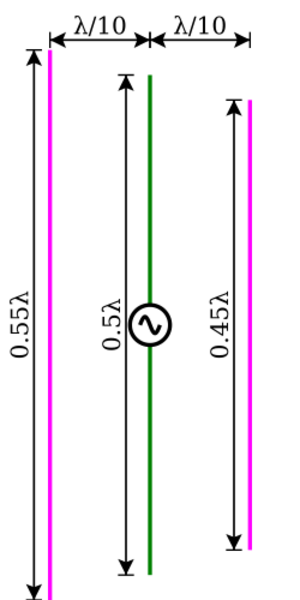Shintaro Uda facts for kids
Shintaro Uda (born June 1, 1896 – died August 18, 1976) was a clever Japanese inventor. He worked as an assistant to Professor Hidetsugu Yagi at Tohoku Imperial University. Together, in 1926, they invented a very important device called the Yagi–Uda antenna.

Contents
Who Was Shintaro Uda?
Shintaro Uda was a brilliant scientist from Japan. He is best known for his work on antennas. Antennas are special devices that help send and receive radio signals. Think of them like ears and mouths for radios and TVs!
The Amazing Yagi–Uda Antenna
In February 1926, Shintaro Uda and Professor Hidetsugu Yagi wrote about their new antenna. They called it a "wave projector antenna." This invention was very special because it could send radio waves in a specific direction. It was like shining a flashlight beam, but with radio waves!
How the Yagi–Uda Antenna Works
The Yagi–Uda antenna has several metal rods. One rod sends or receives the signal. The other rods help focus the signal, making it stronger in one direction. This design makes it very good for things like:
- Receiving TV signals.
- Sending radio messages over long distances.
- Using radar to detect objects.
Spreading the Invention
Professor Yagi applied for patents for their new antenna. A patent is like a legal protection that says "this invention is ours!" He got patents in Japan and the United States. In May 1932, the U.S. patent was given to a company called the Radio Corporation of America. This helped the Yagi–Uda antenna become famous around the world.
Why the Yagi–Uda Antenna is Important
Even today, the Yagi–Uda antenna is used everywhere. You might see them on rooftops for TV reception. Ham radio operators use them to talk to people far away. This invention changed how we send and receive wireless signals, making modern communication possible.
Sources
- Scanning the Past: A History of Electrical Engineering from the Past
- The history of amateur radio - 8, see chapter "Yagi-Uda's invention".

